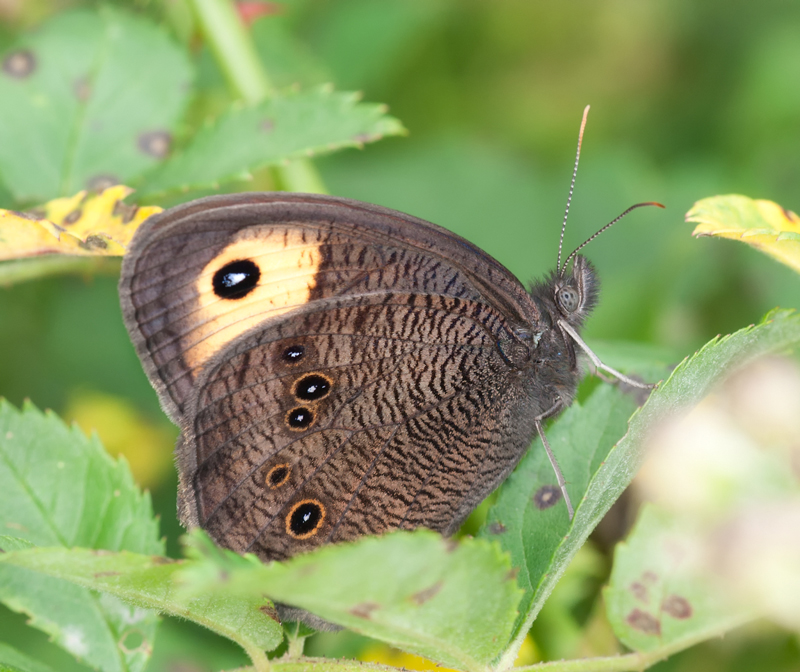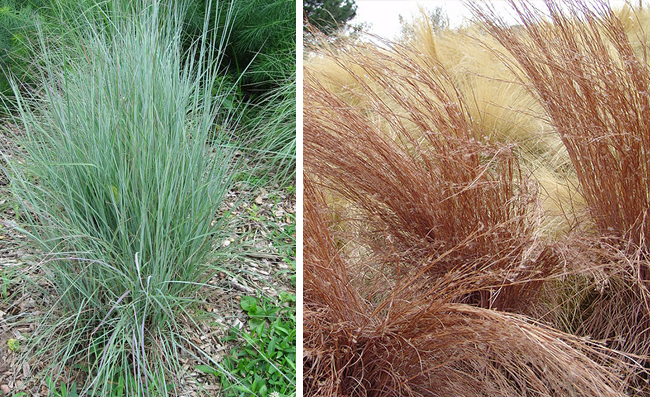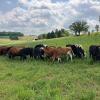This post is part of a series highlighting some of the best plants for pollinators from coast-to-coast. Drawing from our books 100 Plants to Feed the Bees, Gardening for Butterflies , and our Monarch Nectar Plant Guides.
Little Bluestem
Schizachyrium scoparium
When most people plant a pollinator garden, they rarely think of native grasses, opting instead for the showy flowers and obvious food sources provided by wildflowers. Few realize that many native grasses serve as the larval host plants for a diversity of skipper butterflies. The world just wouldn’t be the same without these tiny creatures, and you’ll surely miss them if they are absent from your garden.
Little bluestem is easy to welcome into your pollinator garden. Fine, blue-green foliage serves as a backdrop to your flowering plants, and turns a rich, rust-colored hue in fall providing visual interest into winter. Little bluestem serves as a larval host for 9 skipper species including the common wood nymph (Cercyonis pegala), Dakota skipper (Hesperia dacotae), Leonard’s skipper (Hesparia leonardus), and others. In addition to these benefits to butterflies, native bunch grasses provide overwintering habitat for a variety of other insects and wildlife as well. Female bumble bee queens nest at the base of bunch grasses where they will be protected until they emerge in the spring.

From a gardening perspective, native grasses provide visual interest between bloom periods and take up space between flowers that might otherwise be colonized by “weeds”. Little bluestem is a handsome complement to other perennials with grass-like foliage, in fact you could create a feathery foliage pollinator garden with plantings of bluestem mixed with other wildflowers such as meadow blazingstar (Litaris ligulystylis), narrowleaf milkweed (Asclepias fascicularis), threadleaf coreopsis (Coreopsis verticillata) and threadleaf bluestar (Amsonia hubrictii).

Native Range: According to the USDA, little bluestem is native across the continental U.S. with the exception of Nevada and Oregon. Typically found in dry to average soils in open fields and grasslands.
Best for: Providing a visual backdrop to flowering plants, cover for overwintering insects, larval host plant for many skipper butterflies.



